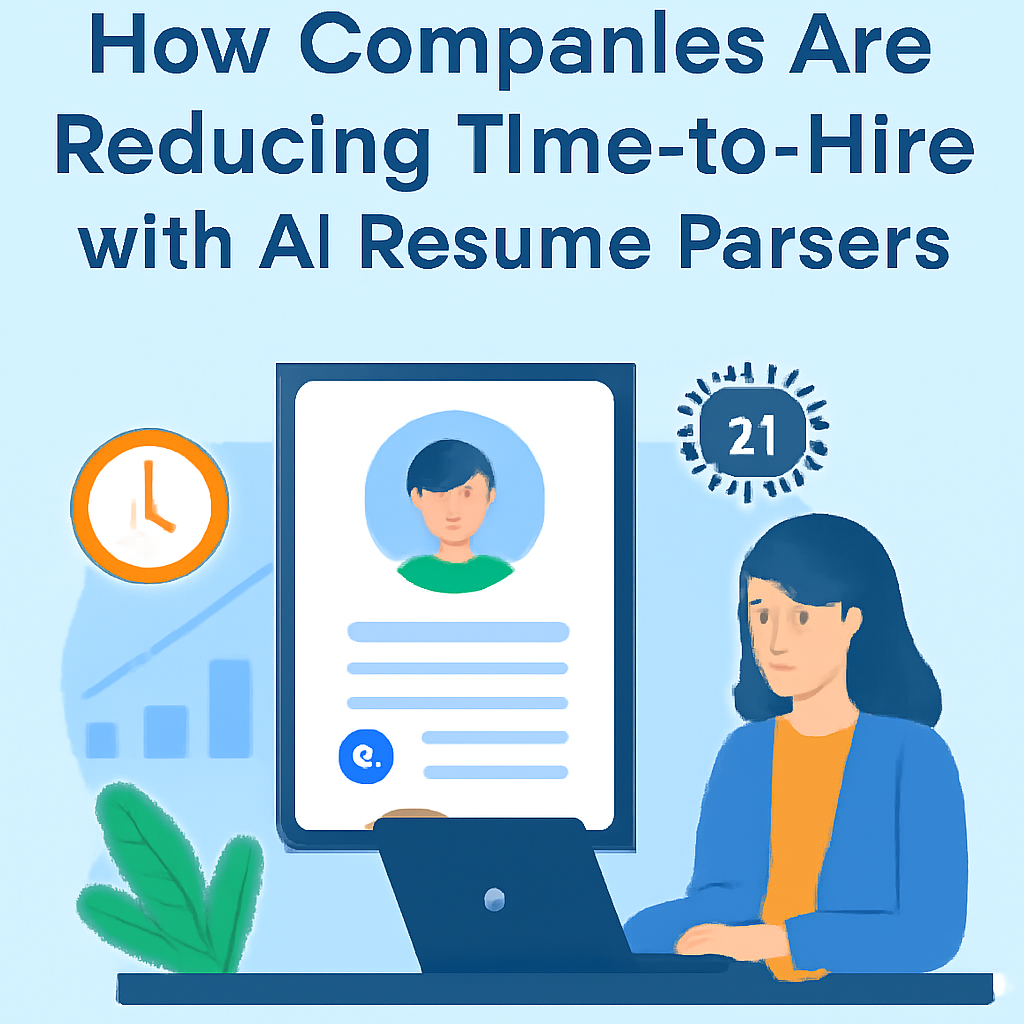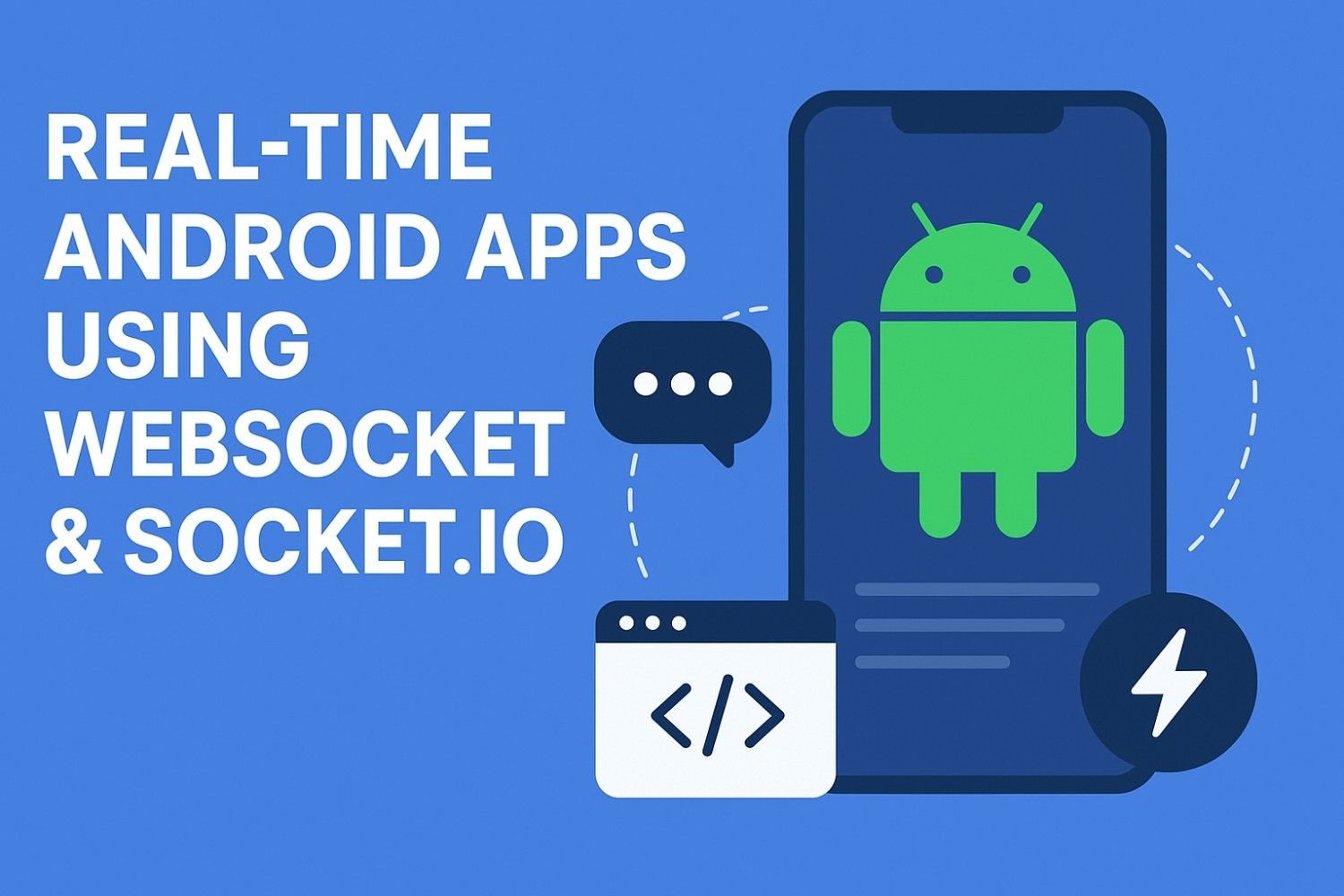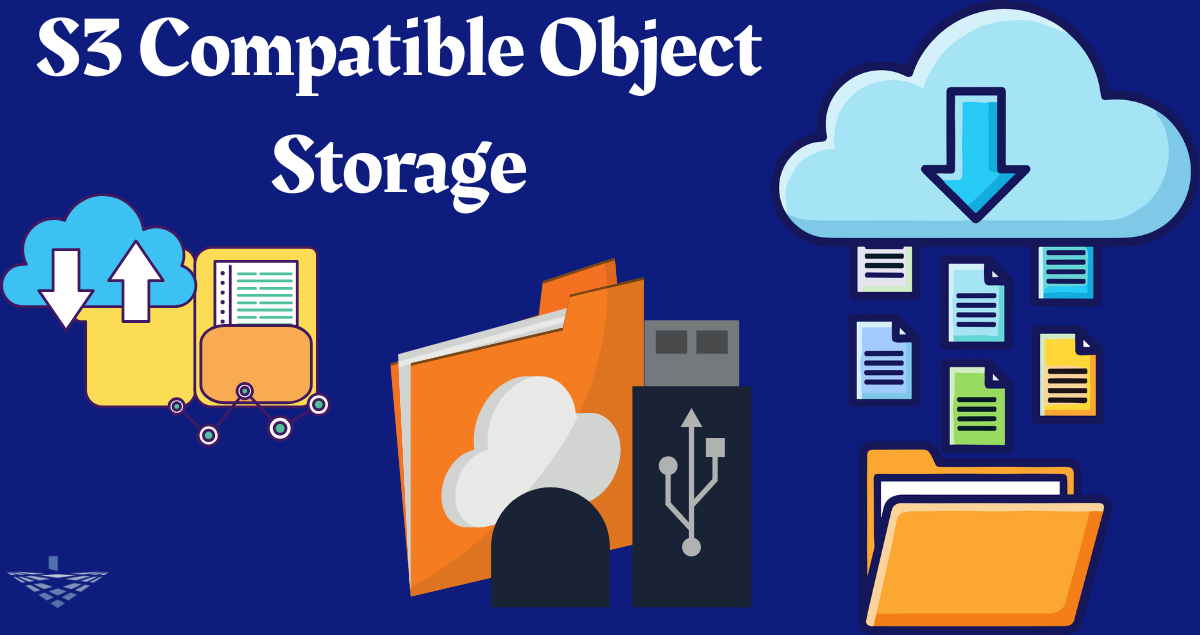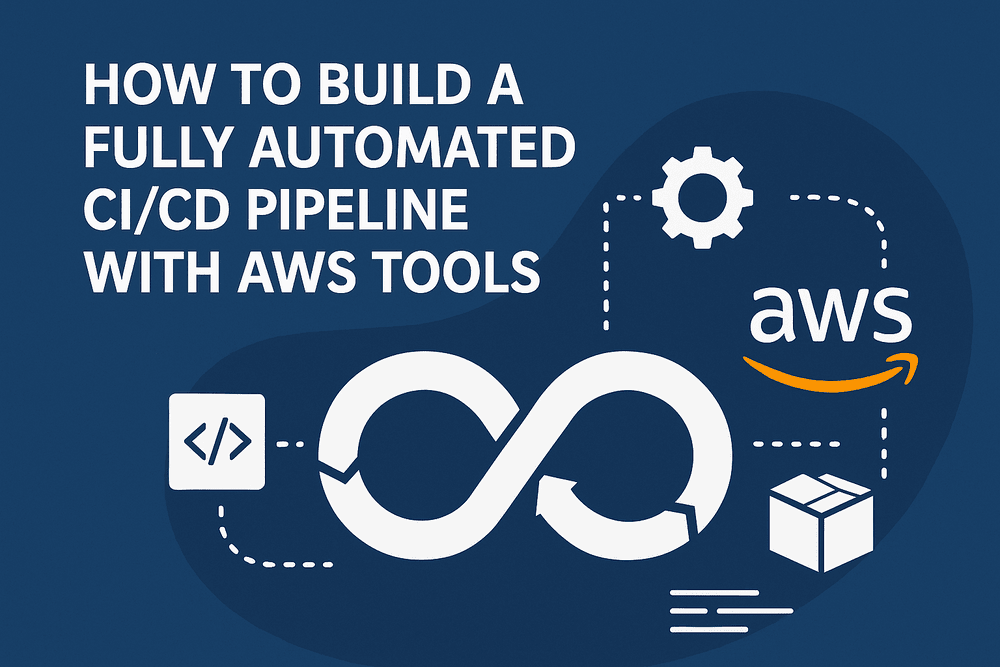Time-to-hire has become one of the most crucial metrics in modern recruitment. As companies battle for top talent in competitive markets, even a few days of delay can mean losing the best candidate to a faster-moving competitor.
Fortunately, a growing number of organizations are cutting hiring timelines dramatically using one powerful tool: the AI resume parser.
In this comprehensive guide, we explore how AI resume parsers are helping organizations accelerate hiring, streamline workflows, and transform candidate experiences—all while improving quality-of-hire and reducing recruiter burnout.
⏳ Why Time-to-Hire Is a Business-Critical Metric
Before diving into the technology, it’s important to understand why time-to-hire matters so much today:
- Lost productivity: Vacant roles cost teams productivity and revenue.
- Candidate drop-offs: Lengthy processes increase drop-offs from top talent.
- Recruiter overload: Delays in screening and reviewing resumes stretch recruiter capacity.
- Competitive disadvantage: In-demand candidates often get multiple offers—speed wins.
Companies are realizing that reducing time-to-hire is not just a recruitment goal—it’s a strategic business priority.
📃 What Is an AI Resume Parser?
An AI resume parser is software that uses machine learning (ML) and natural language processing (NLP) to extract information from resumes, CVs, or candidate profiles in seconds.
It automates the task of:
- Reading resume content
- Parsing structured data (name, experience, skills, education)
- Matching candidate profiles with job descriptions
- Feeding accurate data into ATS or CRM systems
This automation saves recruiters from manually reviewing each resume, a process that often accounts for 30-40% of the total hiring timeline.
🧠 How AI Resume Parsers Reduce Time-to-Hire
Let’s break down the specific ways AI resume parsers directly influence speed and efficiency:
1. Automated Resume Screening at Scale
Instead of spending several minutes per resume, an AI parser can screen thousands of resumes in seconds. This immediate data extraction enables:
- Instant shortlisting of top-fit candidates
- Batch processing of resume databases
- Real-time parsing from emails, job portals, and websites
The result? Recruiters can spend more time engaging candidates instead of filtering them.
2. Accelerated Candidate Matching
AI resume parsers can be integrated with semantic search and matching algorithms, which evaluate resumes not just by keywords, but by context, synonyms, and intent.
For example:
- “Project Manager” can be matched with “Program Lead” or “Scrum Master”
- Skills like “Python” may be linked to “machine learning” or “data analytics”
This intelligent parsing removes manual cross-checking and speeds up the discovery of ideal candidates for a role.
3. Eliminates Redundant Data Entry
Without an AI parser, recruiters often spend hours copying resume data into internal systems. With parsing automation:
- Resume data is auto-filled in your ATS/HRMS
- Profiles are standardized instantly
- Recruiter workflows are integrated seamlessly
This not only saves time but reduces errors that can lead to costly miscommunication or candidate dissatisfaction.
4. Supports Multilingual and Global Hiring
Advanced resume parsers support multiple languages and OCR capabilities, enabling parsing from:
- Scanned resumes
- Image-based CVs
- Global formats and structures
This helps global companies shortlist qualified international candidates faster, without hiring multilingual screening teams.
5. Real-Time Resume Enrichment
Some parsers offer data enrichment, which augments resume data with:
- Skills taxonomies
- Social profile links
- Industry-specific classifications
This enrichment process happens in real-time, providing recruiters with ready-to-use profiles for outreach or interview scheduling.
🏢 Real Company Use Cases: AI Resume Parsers in Action
💼 Staffing Firms
Staffing agencies deal with high resume volumes daily. Using AI resume parsers, they’ve reduced screening time by up to 80%, enabling faster client submissions and better placement rates.
🏢 Enterprises
Fortune 500 companies using AI parsing report a 50% improvement in time-to-fill for technical and leadership roles. It allows internal recruiters to handle more requisitions without scaling headcount.
🌍 Global Job Boards
Job boards use AI resume parsers to auto-parse resumes from job seekers in different countries. This helps in real-time candidate display, reducing user friction and improving job match rates.
📊 Time Savings Breakdown with AI Resume Parsers
| Process | Manual Time | AI Parser Time | Time Saved |
|---|---|---|---|
| Resume Screening (100 resumes) | 8 hours | <5 minutes | ~7.9 hours |
| Data Entry to ATS | 2 hours | Instant | 2 hours |
| Initial Candidate Matching | 3 hours | <10 minutes | ~2.8 hours |
Even with a small team, this adds up to dozens of hours saved every week.
🔗 Internal Systems + AI = Real-Time Shortlisting
The real magic happens when AI resume parsers are integrated into existing HR tools, such as:
- Oracle Recruiting Cloud
- SAP SuccessFactors
- Bullhorn
- Salesforce
- Workday
They can be triggered automatically when:
- A new resume is received via email
- A candidate applies on a portal
- A recruiter uploads a document
This event-based parsing ensures zero delay between resume arrival and profile creation.
For a deeper look at how this works in real-world recruitment settings, explore this article on AI-powered resume screening.
📉 Reducing Drop-Offs and Ghosting
Fast response time is a big contributor to candidate satisfaction. In a competitive market:
- The first recruiter to respond gets the candidate’s attention
- Candidates associate speed with professionalism
- Delayed responses often lead to ghosting
AI parsing allows your team to follow up within minutes—not days—of receiving an application. This greatly improves your response time SLAs.
📈 Quality-of-Hire vs. Speed: AI Helps Both
A common misconception is that faster hiring compromises quality. However, AI resume parsers improve both metrics by:
- Structuring candidate data clearly
- Highlighting relevant experience and skills
- Providing consistent scoring models
This leads to more informed hiring decisions, faster interviews, and stronger placements.
🔐 Compliance, Privacy, and Scalability
The right AI resume parser will also ensure:
- GDPR and SOC2 compliance
- Data anonymization where required
- Secure handling of resumes and PII
This gives enterprises confidence to scale globally without legal or operational risks.
💼 Who Benefits Most from AI Resume Parsing?
The ROI is visible across industries, but it’s especially high for:
- Staffing agencies managing bulk resumes
- Enterprises hiring across multiple roles and regions
- Startups that need to grow quickly without large HR teams
- Job boards and HR tech platforms seeking to enhance UX
🔄 Rethinking Recruitment Workflows
AI resume parsing also leads to a redesign of the hiring funnel. Instead of starting with manual screening, teams can:
- Auto-parse and rank resumes on entry
- Route candidates to the right recruiter
- Trigger automated interview invites
- Feed structured data to reporting dashboards
This “always-on” model is ideal for scaling volume hiring, remote recruiting, and global expansion.
To explore how this AI-powered system fits into modern recruitment workflows, read this insightful blog.
🧭 Key Takeaways: The Time-to-Hire Revolution
✅ AI resume parsers drastically reduce resume screening time
✅ They integrate with existing ATS and HR tools
✅ Automation leads to fewer drop-offs and faster outreach
✅ They support multilingual and OCR parsing for global talent acquisition
✅ Hiring teams close roles faster without sacrificing candidate quality
🚀 Final Thoughts: Ready to Speed Up Your Hiring?
Reducing time-to-hire is no longer about working harder—it’s about working smarter. With AI resume parsers, you gain back time, improve candidate experiences, and position your company as a responsive and efficient employer.
If your team is still buried in manual resume screening, it’s time to shift gears.
Start your journey toward faster hiring today, powered by intelligent automation.
















Leave a Reply